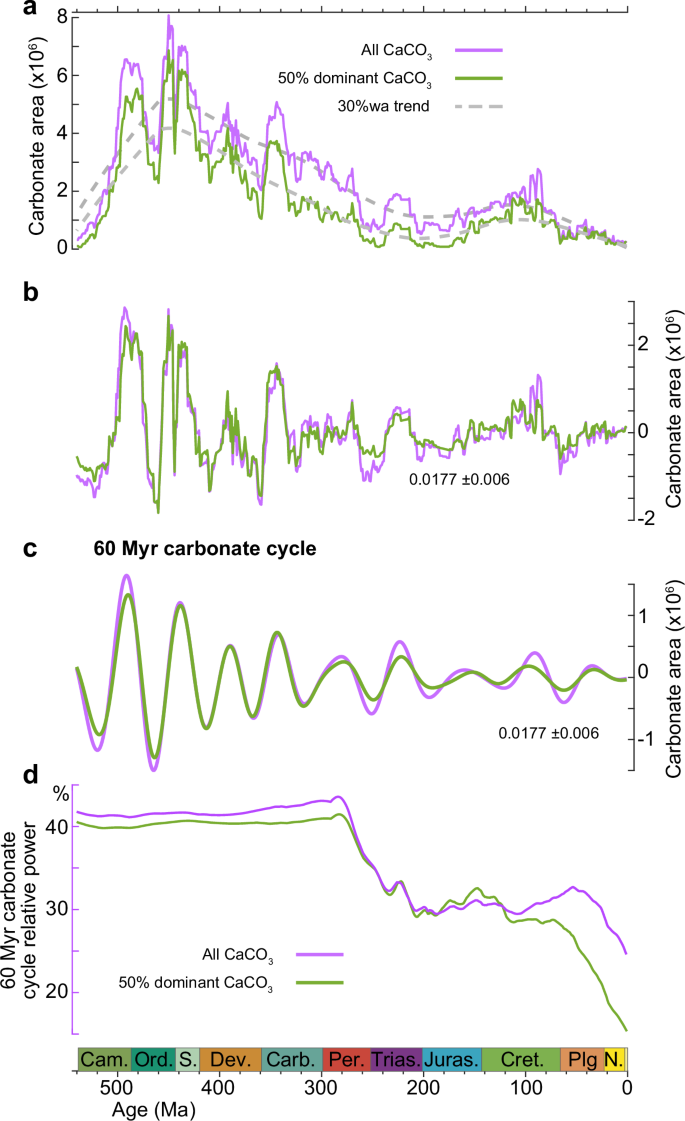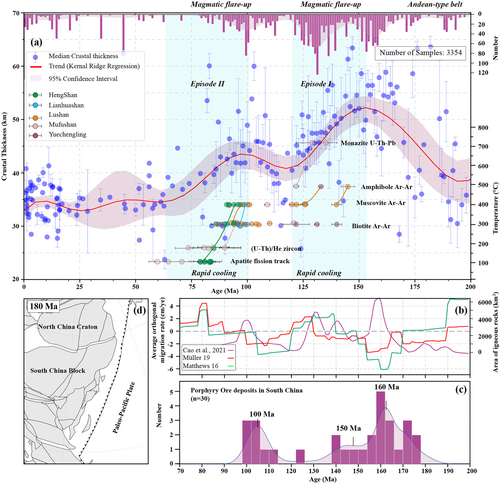The fossil record shows a prominent 60 million-year biodiversity cycle during the Phanerozoic Eon, the
origin of which is still unknown. Here we use time-series analysis and correlation of empirical and
model datasets of Earth’s interior and sur cial processes to demonstrate that this cycle is a pervasive
feature in marine animal genus-level diversity data that dominates in the Paleozoic Era. Our results
suggest that extinctions are likely the primary driver of this observed cyclicity. We detected a
correlatable 60 million-year cyclicity in global tectonics, and in marine 87Sr/86Sr and δ34S isotopes, all of
which are dominant in the Paleozoic. We conclude that continental weathering driven by global
tectonic degassing and building of continental arcs may have in turn controlled paleo-seawater redox
cycling during the Paleozoic when oceans were likely less saturated with respect to oxygen. In
particular, we suggest that the 60 million-year uctuations in biotic diversity are responses of shallow
marine habitats to the combined effects of continental weathering and redox cycling, under global
tectonic control.

a Raw data along with long-term weighted average (wa) trends. b Detrended data. c The 60 Myr bandpass (indicated in cycles/Myr) filtered data. d Evolution of the power of the 60 Myr carbonate cycle band over the Phanerozoic. The power ratio is expressed as the power of the 60 Myr cycle band (1/70 to 1/50 cycles/Myr) over the power of the total frequency bands (see Data and Methods) in the detrended data in ‘b’. Extended analyses of macrostratigraphic carbonate data are provided in Supplementary Fig. S4.
![]()

